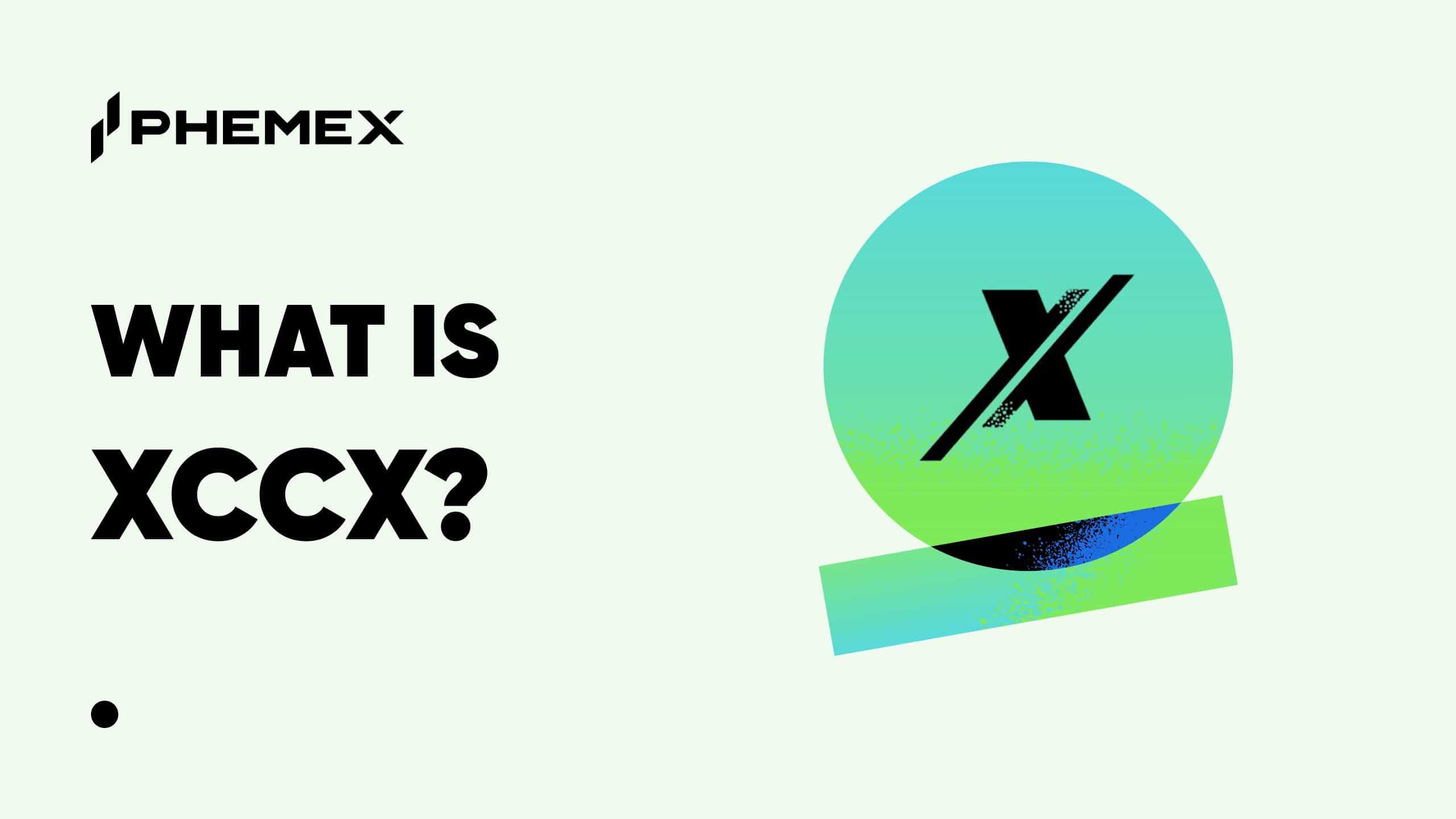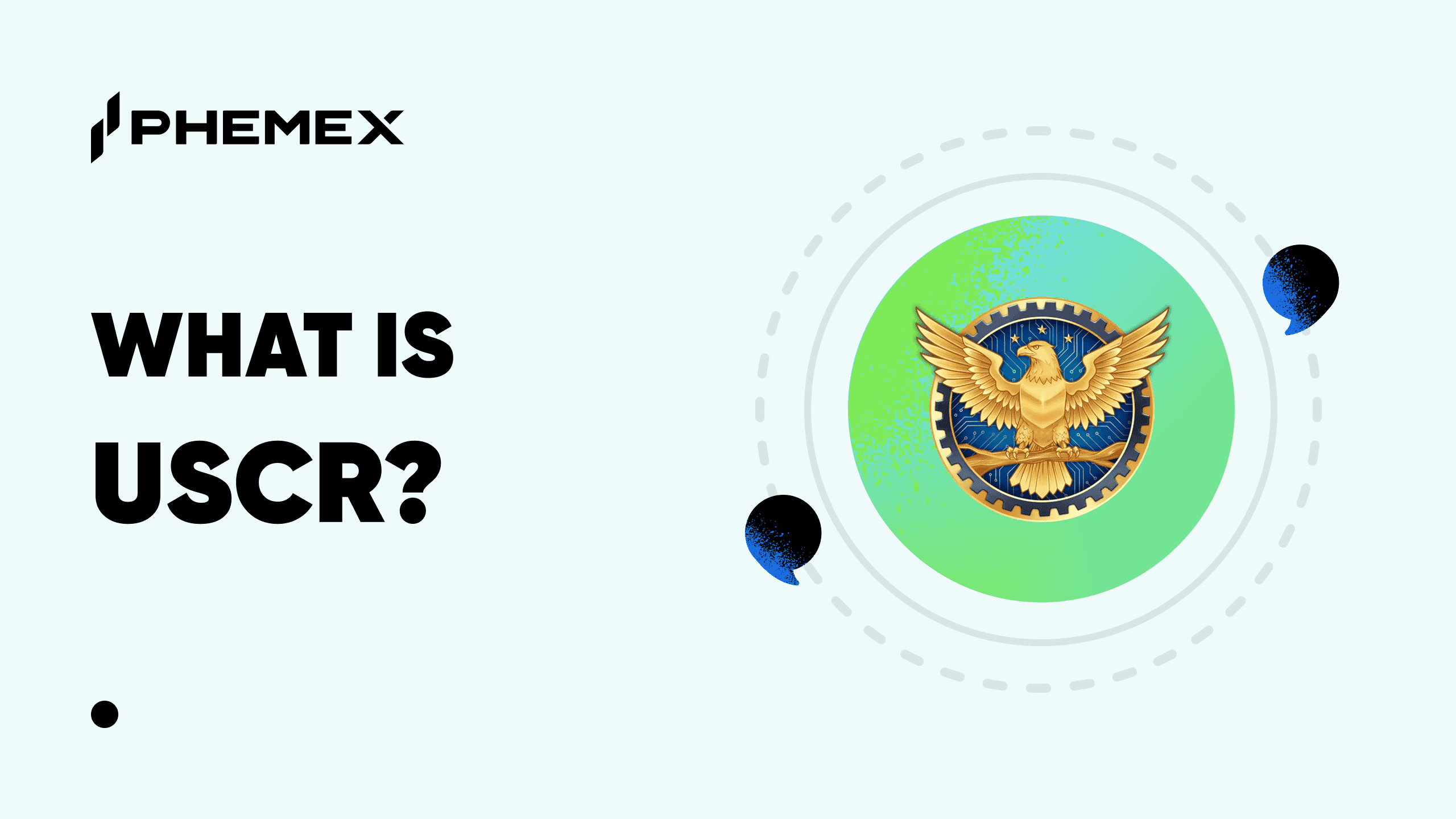Summary
- Stellar is a blockchain payment and currency system founded by the same person behind Ripple, Jed McCaleb, to enable fast, low-cost transfer of money across borders in any currency, using its XLM token.
- Stellar’s unique selling point is that each transaction costs only a nominal transaction fee of 0.00001 XLM.
- Stellar is partnering with Ukraine’s Ministry of Digital Transformation to build its central bank digital currency (CBDC).

What is Stellar Lumens?
Stellar is a blockchain-based payment technology company created in 2014, and the Stellar Lumen (XLM) coin is its native digital currency. Stellar Lumen’s mission is to enhance, rather than replace the existing financial system, by enabling people to transfer fiat currencies as digital money or crypto.
Nowadays, sending money internationally is a pain–there are multiple bank charges users have to bear, and it can take days for a transfer to reach the intended recipient.
With Stellar, a user can create a “dollar token” or a digital version of a US dollar and send it anywhere in the world, whereby one Stellar dollar token is the equivalent of $1. Why would this be useful?
A digital dollar token means that anyone can own the value of a dollar without having a US bank account. This can make all the difference for someone who is working in, say, the US, and needs to send money back to his family in a politically or economically unstable country with an unreliable banking system. The expat can send dollars back home, and the recipient can hold them, safely and digitally, until he or she is ready to trade in the digital dollars for some local currency.

What is Stellar Lumens used for?
Beyond US dollars, the Stellar network can also be used to purchase digital versions of different currencies, which is extremely useful for people living in countries that do not have a strong national currency and want to maintain the value of their savings in another currency.
The borderless, global nature of the network also means that an American company can pay a vendor in Asia in dollars almost instantaneously instead of waiting days for payment to settle. The vendor can in turn pay his suppliers faster–accelerating overall trade and creating wealth faster for everyone.
Because the dollars represented by the digital token never actually move as the value changes hands, these transactions do away with much of the costs and friction of the current banking system.
What is XLM used for?
Where the XLM token comes in is that it acts as an intermediate currency for these transactions, and is also used to pay transaction fees. The Stellar protocol converts the fiat currency first into XLM, and then into the requested currency.
While high fees can plague both fiat-based payments solutions such as PayPal, it has also affected blockchains like Bitcoin and Ethereum due to congestion, as both these chains use a Proof-of-Work consensus protocol, which is not very scalable.
Stellar addresses this pain point with a 0.00001 XLM fee for each transaction–which translates into almost nothing, considering each XLM costs $0.10 at the time of writing. The Stellar blockchain is secured by what is called the Stellar Consensus Protocol (SCP), which ensures high speed and low cost for transactions made on the network.
What are Stellar Lumens Use Cases?
Since its launch in 2014, the Stellar network has processed over 2 billion transactions made by over 6.5 million individual accounts, which includes both large enterprise companies and startups.
In 2014, Brazil’s first Bitcoin exchange, Mercado Bitcoin, announced that it would be using Stellar’s network to facilitate transactions on its platform.
By 2015, Stellar had accumulated over 3 million registered user accounts and had a market capitalization of over $15 million.
In 2018, Stellar partnered with TransferTo to offer cross-border payments to more than 70 nations. It also became the first blockchain platform to obtain a Shariah-compliance certificate for payments and asset tokenization.
The sheer number of cryptocurrencies available today can make it daunting to figure out what’s worth investing in and what isn’t. The blockchain industry is notoriously risky, and with how volatile and unregulated crypto markets are, it’s key to amass as much information as possible before making any investments.
How to invest in Stellar Lumens (XLM)?
Phemex offers both spot and contract trading for investors to choose from. However, for beginning crypto buyers, spot trading is recommended. To buy XLM on Phemex, follow the instructions below.
- The first step to buying cryptocurrency on Phemex is to go to the Phemex homepage, register for an account, and select Markets.

- On the Markets tab enter XLM into the search bar on the top right, immediately after, the XLM/USDT trading pair will appear below – select Trade to move on to the next step.

- You will then be redirected to the Phemex trading platform for the XLM/USDT pair. To do a simple spot trade we recommend doing a market order where you can buy XLM at the market price. To do so, select Market, enter the amount of USDT you want to buy of XLM, and click Buy XLM.

Read More
- Stellar Lumens (XLM) Price Prediction: When $1?
- What is Ripple (XRP): Disrupting a Trillion-dollar Market with Cheaper, Faster Money Transfers
- Phemex Analysis in A Minute: XRP To the Moon or Back to Earth?
- What is Litecoin (LTC): A “Lighter” Version of Bitcoin
- What is Lido: The Future of Liquidity Staking on Ethereum 2.0?
- Bitcoin vs. Ethereum vs. Litecoin: The Battle of the Blockchains
- All You Need to Know About Stablecoins: Cryptocurrency’s Gold Standard
- ISO 20022 for Crypto: Are Cryptos ISO-Compliant and Can Be Used by Banks?








